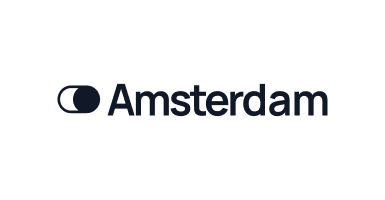Services
Chemotherapy to Treat Cancer was originally published by the National Cancer Institute
----------------------------------------------------------------------------------------------------------------------
Chemotherapy to Treat Cancer
Chemotherapy (also called chemo) is a type of cancer treatment that uses drugs to kill cancer cells.
How chemotherapy works against cancer
Chemotherapy works by stopping or slowing the growth of cancer cells, which grow and divide quickly. Chemotherapy is used for two reasons:
- Treat cancer: Chemotherapy can be used to cure cancer, lessen the chance it will return, or stop or slow its growth.
- Ease cancer symptoms: Chemotherapy can be used to shrink tumors that are causing pain and other problems.
Which types of cancer does chemotherapy treat
Chemotherapy is used to treat many types of cancer. For some people, chemotherapy may be the only treatment you receive. But most often, you will have chemotherapy with other cancer treatments. The types of treatment that you need depend on the type of cancer you have, if it has spread and where, and if you have other health problems.
How chemotherapy is used with other cancer treatments
When used with other treatments, chemotherapy can
- make a tumor smaller before surgery or radiation therapy (called neoadjuvant chemotherapy)
- destroy cancer cells that may remain after surgery or radiation therapy (called adjuvant chemotherapy)
- help other treatments work better
- kill cancer cells that have returned or spread to other parts of your body
Chemotherapy can cause side effects
Chemotherapy not only kills fast-growing cancer cells, but also kills or slows the growth of healthy cells that grow and divide quickly. Examples are cells that line your mouth and intestines and those that cause your hair to grow. Damage to healthy cells may cause side effects, such as mouth sores, nausea, and hair loss. Side effects often get better or go away after you have finished chemotherapy.
The most common side effect is fatigue, which is feeling exhausted and worn out. You can prepare for fatigue by
- asking someone to drive you to and from chemotherapy
- planning time to rest on the day of and day after chemotherapy
- asking for help with meals and childcare on the day of and at least one day after chemotherapy
There are many ways you can help manage chemotherapy side effects.
How chemotherapy is given
Chemotherapy may be given in many ways. Some common ways include
- oral: comes in pills, capsules, or liquids that you swallow
- intravenous (IV): goes directly into a vein
- injection: given by a shot in a muscle in your arm, thigh, or hip, or right under the skin in the fatty part of your arm, leg, or belly
- intrathecal: injected into the space between the layers of tissue that cover the brain and spinal cord
- intraperitoneal (IP): goes directly into the peritoneal cavity, which is the area in your body that contains organs such as your intestines, stomach, and liver
- intra-arterial (IA): injected directly into the artery that leads to the cancer
- topical: comes in a cream that you rub onto your skin
Of all the methods mentioned above, chemotherapy is most often given with an IV, through a thin needle that is placed in a vein on your hand or lower arm. Your nurse will put the needle in at the start of each treatment and remove it when treatment is over. IV chemotherapy may also be given through catheters or ports, sometimes with the help of a pump.
Cycles of treatment from Cancer Research UK
You have chemotherapy treatment in cycles. A cycle is the time between one round of treatment until the start of the next. During a course of chemotherapy, you usually have around 4 to 8 cycles of treatment.
After each round of treatment you have a break. This allows your body to recover. For example, if your cycle lasts 4 weeks, you may have treatment on the 1st, 2nd and 3rd days. You then have nothing from the 4th to the 28th day. Then the cycle starts again.
Or you may have a 3 week cycle where you have treatment on the 1st and 8th days. You then have nothing on days 2 to 7 and days 9 to 21.
Your treatment cycles might be weekly or take 2, 3, or 4 weeks or more, depending on the drugs and your treatment plan. Some treatment cycles are quite complicated.
Customer Reviews
Discover the beauty of flowers.





